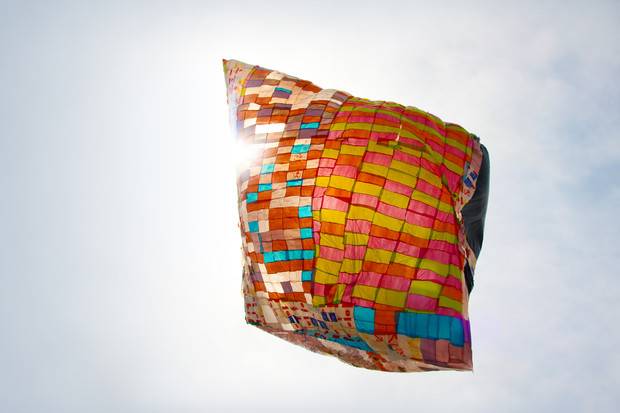Telepathic Stones: The Ancient Art of the Scholar’s Rocks
These scholars’ stones, which condense “the vital energy of heaven and earth”, have been collected in China since the year 619.
What is in rocks that makes them so absolute? Like trees, they insinuate and undeniable reality, but additionally they can also take the shape of everything that exists in the world. They are leviathans and demons, human faces, rivers, seas and mountains… but, above all, they are statues of our unconscious.
For thousands of years, these specimens have been treasured in the Chinese tradition. The “Scholars’ Rocks”, or gongshi—also known as sculptural stones—are rocks that have been shaped naturally or artificially (sometimes we can see a basin or a man-made path) which, since the time of the Tang Dynasty (618-907) and until our days have been gathered as philosopher stones or metaphors of nature. Photographer Jonathan M. Singer published a book entitled Spirit Stones: The Ancient Art of the Scholar’s Rock, where he captures 140 gongshi from Kemin Hu’s magnificent collection, a prominent figure in the world of this art form.
In his book, he shows how, according to Hu, scholar’s stones are really “condensations of the vital essence and energy of heaven and earth.” Hu wrote an introduction about the history and the aesthetics of these stones. He explains, for instance, the traditional terms used to appraise these rocks: shou (thin), zhou (wrinkled), luo (furrowed) and tou (full of holes).
Each one of these stones is the motif of poems and paintings, appreciated specifically for the elements that make it different from the others. According to Orientals, scholars’ stones “share a telepathic connection with human souls”. If we consider that every time we set eyes on these stones we can see whatever our mind is projecting at the time, while we can also see, for instance, the perfect metaphor for the wind, then a telepathic connection is indeed taking place and materializing as an insoluble mineral form. By treasuring and treating them as works of art, the Chinese remind us of the spiritual qualities of still objects; one of the greatest pleasures of life exquisitely alluded to in this book.
Related Articles
When ancient rituals became religion
The emergence of religions irreversibly changed the history of humanity. It’s therefore essential to ask when and how did ancient peoples’ rituals become organized systems of thought, each with their
Seven ancient maps of the Americas
A map is not the territory. —Alfred Korzybski Maps are never merely maps. They’re human projections, metaphors in which we find both the geographical and the imaginary. The cases of ghost islands
An artist crochets a perfect skeleton and internal organs
Shanell Papp is a skilled textile and crochet artist. She spent four long months crocheting a life-size skeleton in wool. She then filled it in with the organs of the human body in an act as patient
A musical tribute to maps
A sequence of sounds, rhythms, melodies and silences: music is a most primitive art, the most essential, and the most powerful of all languages. Its capacity is not limited to the (hardly trivial)
The enchantment of 17th-century optics
The sense of sight is perhaps one the imagination’s most prolific masters. That is why humankind has been fascinated and bewitched by optics and their possibilities for centuries. Like the heart, the
Would you found your own micro-nation? These eccentric examples show how easy it can be
Founding a country is, in some ways, a simple task. It is enough to manifest its existence and the motives for creating a new political entity. At least that is what has been demonstrated by the
Wondrous crossings: the galaxy caves of New Zealand
Often, the most extraordinary phenomena are “jealous of themselves” ––and they happen where the human eye cannot enjoy them. However, they can be discovered, and when we do find them we experience a
Think you have strange reading habits? Wait until you've seen how Mcluhan reads
We often forget or neglect to think about the infinite circumstances that are condensed in the acts that we consider habitual. Using a fork to eat, for example, or walking down the street and being
The sky is calling us, a love letter to the cosmos (video)
We once dreamt of open sails and Open seas We once dreamt of new frontiers and New lands Are we still a brave people? We must not forget that the very stars we see nowadays are the same stars and
The sister you always wanted (but made into a crystal chandelier)
Lucas Maassen always wanted to have a sister. And after 36 years he finally procured one, except, as strange as it may sound, in the shape of a chandelier. Maassen, a Dutch designer, asked the










